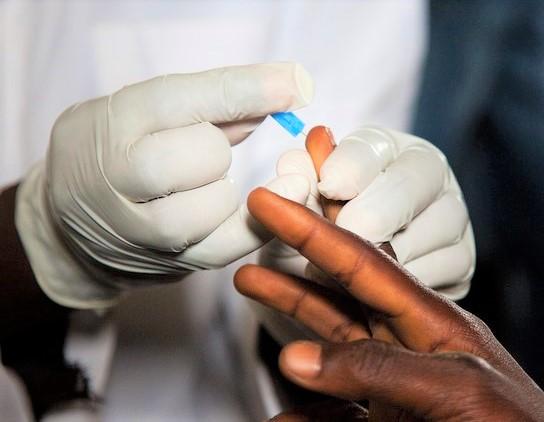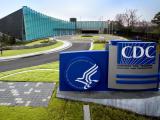The World Health Organization (WHO) yesterday released its first list of essential diagnostic tests, aimed at providing a useful reference for countries developing their own lists as a way of focusing limited resources toward diagnosing the most common conditions as well as priority diseases.
Experts within and outside the WHO developed a draft of the essential diagnostics list, which the WHO said is similar to the essential medicines list that it has used for 40 years. In April the WHO's 19-member Strategic Advisory Group of Experts on In-Vitro Diagnostics met in Geneva to review and finalize the list.
Lack of access major problem
Lack of access to diagnostic services, or incorrect diagnoses from the wrong ones, are an obstacle to treatment or proper treatment. For example, the WHO estimates that 46% of adults with type 2 diabetes aren't diagnosed, raising the risk of complications and boosting healthcare costs. Also, late diagnosis of infections such as HIV and tuberculosis increases the risk of spread and makes the illnesses more difficult to treat.
Tedros Adhanom Ghebreyesus, PhD, WHO director-general, said in a WHO statement that an accurate diagnosis is the first step to getting effective treatment. "No one should suffer or die because of a lack of diagnostic services, or because the right tests were not available," he added.
Focus on primary care, clinical labs
The list focuses on in vitro tests—those done on human specimens such as blood or urine. It contains 113 products, 58 to diagnose and monitor a wide range of noncommunicable and communicable medical conditions that can form the basis for patient screening and management. The other 55 are geared toward detecting, diagnosing, and monitoring priority disease such as HIV, tuberculosis, malaria, hepatitis B and C, human papillomavirus (HPV), and syphilis.
The diagnostic tests are all covered in existing WHO guidance, technical manuals, and other WHO programs and assessment processes. The list doesn't specify specific brands but describes them based on their biological targets. Specific tests that are prequalified or recommended by the WHO contain informational links.
Divided into two parts, the list contains essential diagnostics for primary health care settings in its first part, including general tests and those targeting specific diseases. The second part of the list is aimed at health facilities that have clinical labs, also covering general tests and those for specific diseases.
Some of the tests on the list are especially useful in healthcare settings where lab services are stretched or sometimes nonexistent. For example, the WHO said tests to rapidly diagnose a child for malaria or to test for diabetes don't require electricity or trained personnel. Other more sophisticated tests on the list are intended for larger medical facilities.
Mariangela Simao, the WHO's assistant director-general for access to medicines, vaccines, and pharmaceuticals, said that besides offering a tool for countries, the document serves as a signal to countries and developers that tests on the list must be high-quality, safe, and affordable.
The WHO said it will support countries that need to adapt the list to local needs and resources.
WHO expects regular updats
As with the essential medicines list, the WHO it will update the diagnostics list on a regular basis, and in the coming months will call for applications to add categories to the next edition.
Over the next few years, the WHO expects that the list will expand to cover other key areas, such as antimicrobial resistance, emerging pathogens, neglected tropical diseases, and other noncommunicable diseases.
See also:
May 15 WHO press release
May 15 WHO essential diagnostics report

















